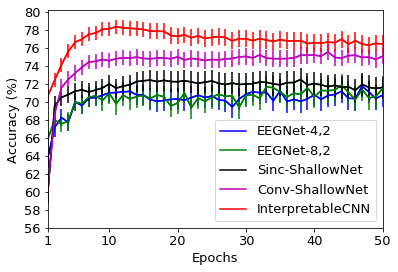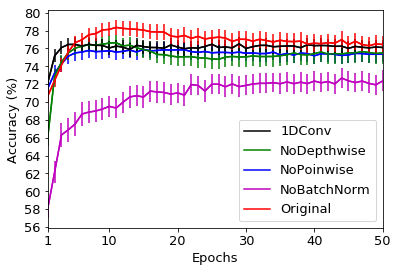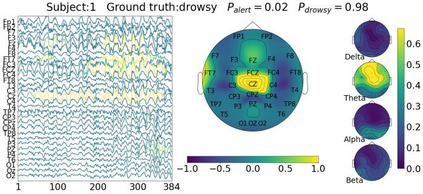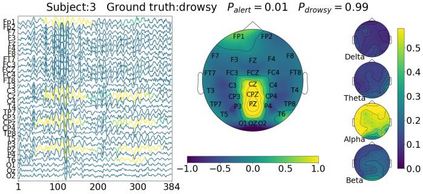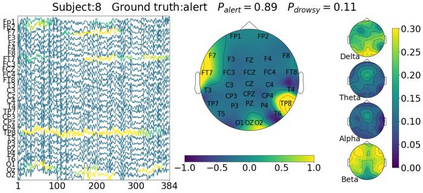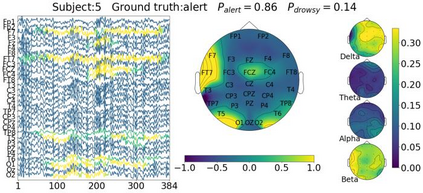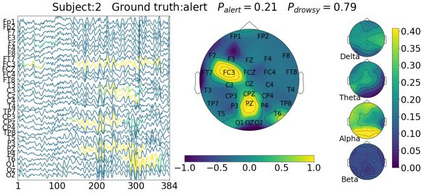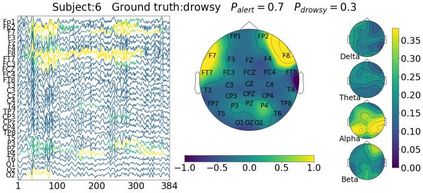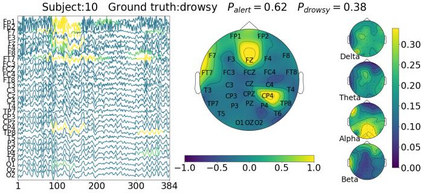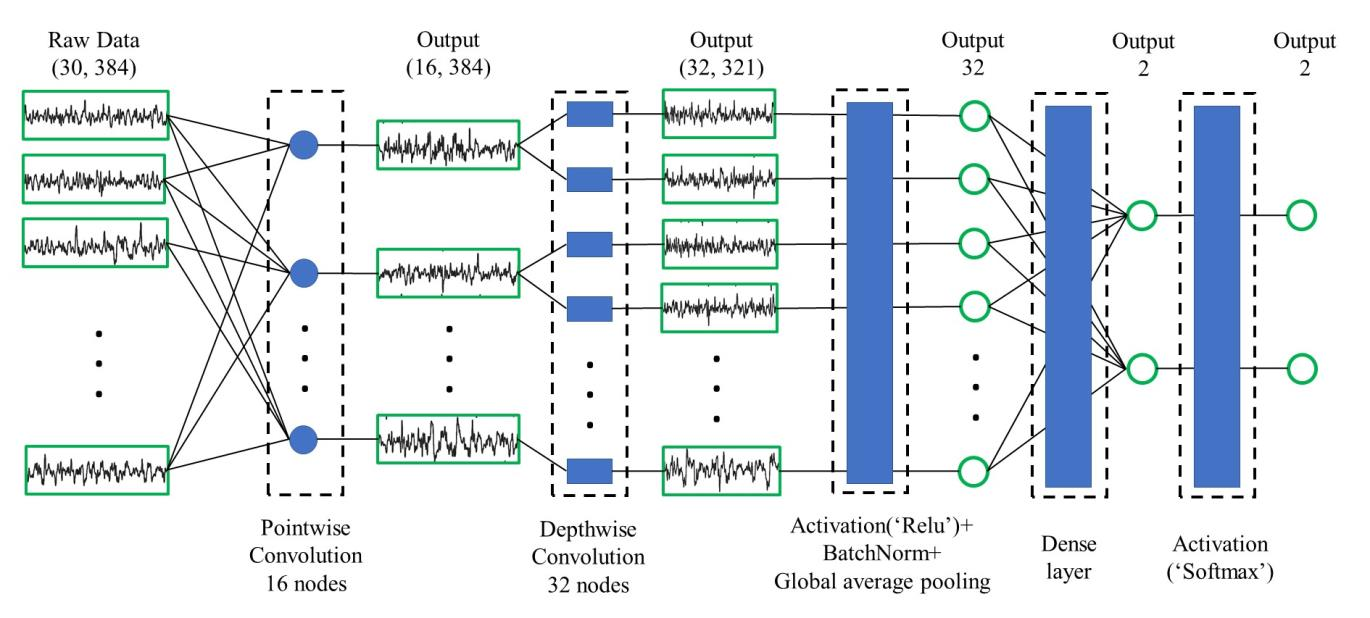In the context of electroencephalogram (EEG)-based driver drowsiness recognition, it is still challenging to design a calibration-free system, since EEG signals vary significantly among different subjects and recording sessions. Many efforts have been made to use deep learning methods for mental state recognition from EEG signals. However, existing work mostly treats deep learning models as black-box classifiers, while what have been learned by the models and to which extent they are affected by the noise in EEG data are still underexplored. In this paper, we develop a novel convolutional neural network combined with an interpretation technique that allows sample-wise analysis of important features for classification. The network has a compact structure and takes advantage of separable convolutions to process the EEG signals in a spatial-temporal sequence. Results show that the model achieves an average accuracy of 78.35% on 11 subjects for leave-one-out cross-subject drowsiness recognition, which is higher than the conventional baseline methods of 53.40%-72.68% and state-of-the-art deep learning methods of 71.75%-75.19%. Interpretation results indicate the model has learned to recognize biologically meaningful features from EEG signals, e.g., Alpha spindles, as strong indicators of drowsiness across different subjects. In addition, we also explore reasons behind some wrongly classified samples with the interpretation technique and discuss potential ways to improve the recognition accuracy. Our work illustrates a promising direction on using interpretable deep learning models to discover meaningful patterns related to different mental states from complex EEG signals.
翻译:在基于电脑图的驱动沉睡识别(EEG)背景下,设计一个无校准的系统仍具有挑战性,因为EEG的信号在不同主题和记录过程之间差异很大,因为EEG的信号不同,因此设计一个无校准的系统仍然具有挑战性。许多努力都利用EEG的信号来利用深层次的学习方法来识别精神状态。然而,现有工作大多将深层学习模型视为黑盒分类器,而模型所学到的受EEEG数据噪音影响的程度仍然不足。在本文中,我们开发了一个新型的神经神经网络,加上一种解释技术,允许对重要信号分类的特征进行抽样分析。这个网络有一个紧凑的结构,利用分立的混凝固的组合来处理EEEEG信号。结果显示,该模型在11个主题上的平均精确度为78.35%,而该模型比53.40%-72.68%的常规基线方法要高。 和最先进的深层学习方法,从71.75%至75. 19的深层次的图像,我们从深层次的解析学了深刻的EG的模型, 学习了一些深层次的深层次的深层次特征。



